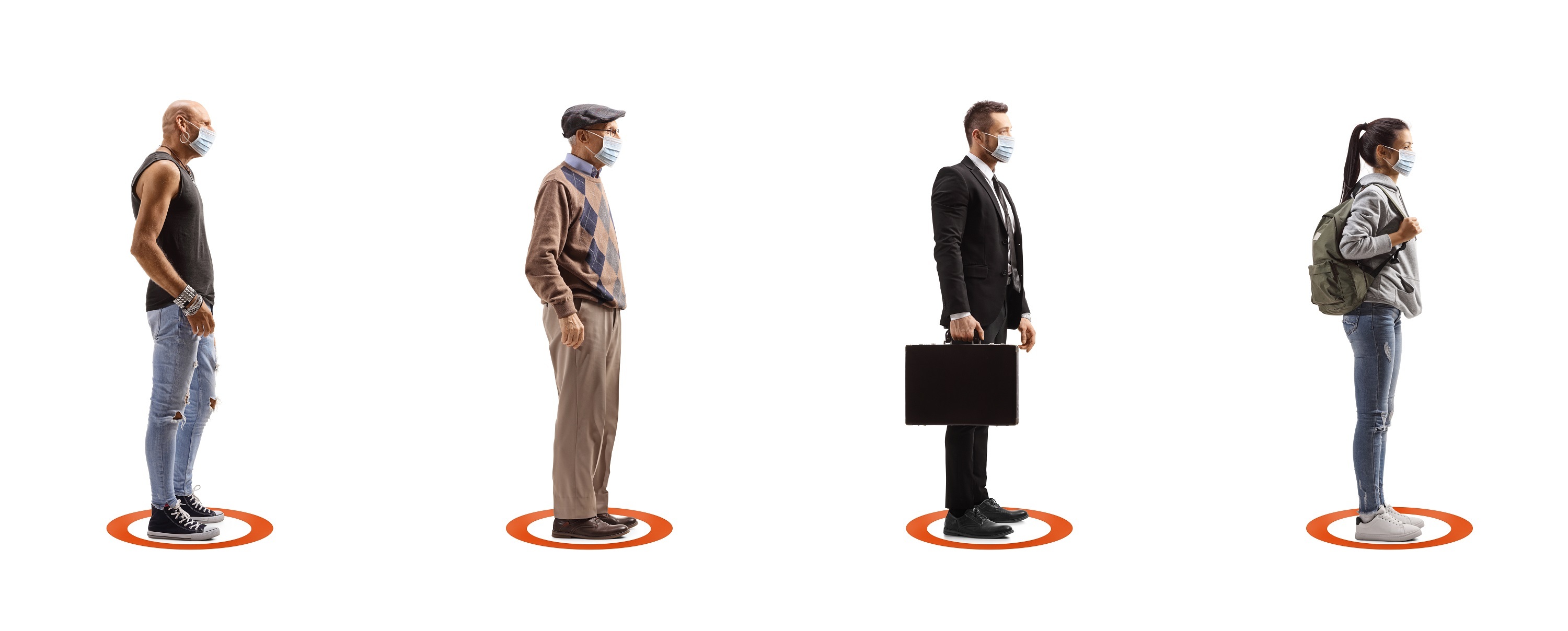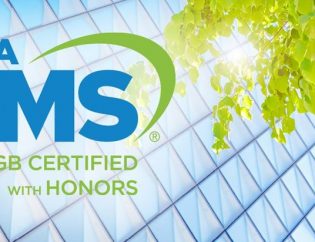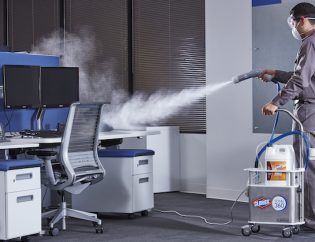
While government officials have begun to discuss reopening doors to the economy, many business owners are experiencing uncertainty about what this process involves. While they may be legally allowed to re-open in the coming weeks or months, they must first ascertain if it can be done effectively and safely – limiting the potential spread of Covid-19.
Employers have an obligation to provide a safe and healthy workplace, and staff are looking for reassurances that they will not be at higher risk of contracting Covid-19. Additionally, clients, customers and guests need to trust that all necessary measures have been taken. With this in mind, we have outlined some key health and safety considerations for businesses as they develop their Covid-19 return-to-work action plans.
Safety firstBefore employers can draft a re-opening plan, they must first assess the Covid-19 transmission hazards in the workplace. This involves working with health and safety staff or calling in outside experts for recommendations. The assessment procedure should include a workplace ‘walk through’ to look for high-risk areas and explore how they can be mitigated. It’s also important to document all discussions about the new measures.
Physical distancing measuresLimiting the number of staff at the workplace is a great start to a gradual re-opening after a shut-down. Companies should encourage staff to continue to work from home if they can easily do so, or rotate schedules so that the fewest amount of people are in the area at one time. Once at work, here are some key physical distancing measures to implement:
- Arrange desks, equipment and floor plans to allow at least 6 ft. between workspaces
- Install barriers between co-workers and customers (such as plexiglass) where a 6 ft. distance can not be maintained
- Rearrange breakrooms, boardrooms, and other common spaces to discourage close seating or gathering
- Put up signage to facilitate social distancing – this includes, taped floors, arrows, and notices about handwashing, mask use, and/or how to safely direct traffic around your building
- Limit face-to-face meetings, social gatherings, sharing equipment/tools and exchanging documents
- Monitor who comes in and out of your building and control entry wherever possible
If your workplace has been vacant for several weeks, you’ll need to invest in a thorough, deep cleaning from top to bottom. Moving forward, an enhanced sanitation routine is needed to aggressively combat bacteria and viruses. This means:
- Wipe down shared surfaces (touch points) such as doorknobs, push plates, handles, switches, keyboards, phones, etc. throughout the day
- Common areas including kitchens, halls, elevators, bathrooms and boardrooms must be cleaned more often
- Hand soap and sanitizer should be generously provided – and their use encouraged – for all staff and guests
- Follow manufacturer’s instructions for use of all CDC-approved cleaning products, wear gloves and use in well-ventilated areas
- Check that ventilation systems and air filters are adequately maintained and/or cleaned
Some workplaces are at higher risk for coronavirus transmission – especially those that see a lot of traffic and/or deal with high-risk populations. The use of PPE (protective personal equipment) such as masks, gloves, and face shields can reduce (but not eliminate) the spread:
- Employers must follow governmental guidelines to determine which workplace safety measures are essential
- Employers should provide PPE such as masks and gloves if it is a workplace requirement
- Staff should be trained on the correct use, fit, disposal and cleaning of all PPE
- If an employee feels most comfortable using PPE even when not mandated, they should be encouraged to do so
It’s imperative that staff understand that they should not come in to work if they have been directly exposed to Covid-19 or if they have symptoms. Employers can ask staff to take a daily or weekly Covid-19 assessment to help determine risk levels. Guidelines for managing ill or at-risk staff should be outlined before your business re-opens.
Finally, a new back-to-work routine in these unusual times will involve some personal and psychological adjustments for staff and management alike. Old habits may be hard to break at first. It’s important to check in on your employees and let them know that their well-being is a priority. The reality is that our work world will be much different post-Covid-19.
One step at a timeWhile the prospect of returning to work is exciting, the reality is that Covid-19 isn’t going away any time soon. A solid plan of action outlining your organization’s ‘new normal’ will help keep your staff and clients more confident…and safe. As business leaders, you’ll need to stay current on public health updates and follow all governmental regulations. Don’t forget that you can always count on ION Facility Services. We can help you and your teams transition back into the workplace. We offer consultations, janitorial and sanitation services, as well as physical distancing workplace initiatives, signage and PPE supplies. Connect with us today – and let’s get our economy and our workplaces booming again.






